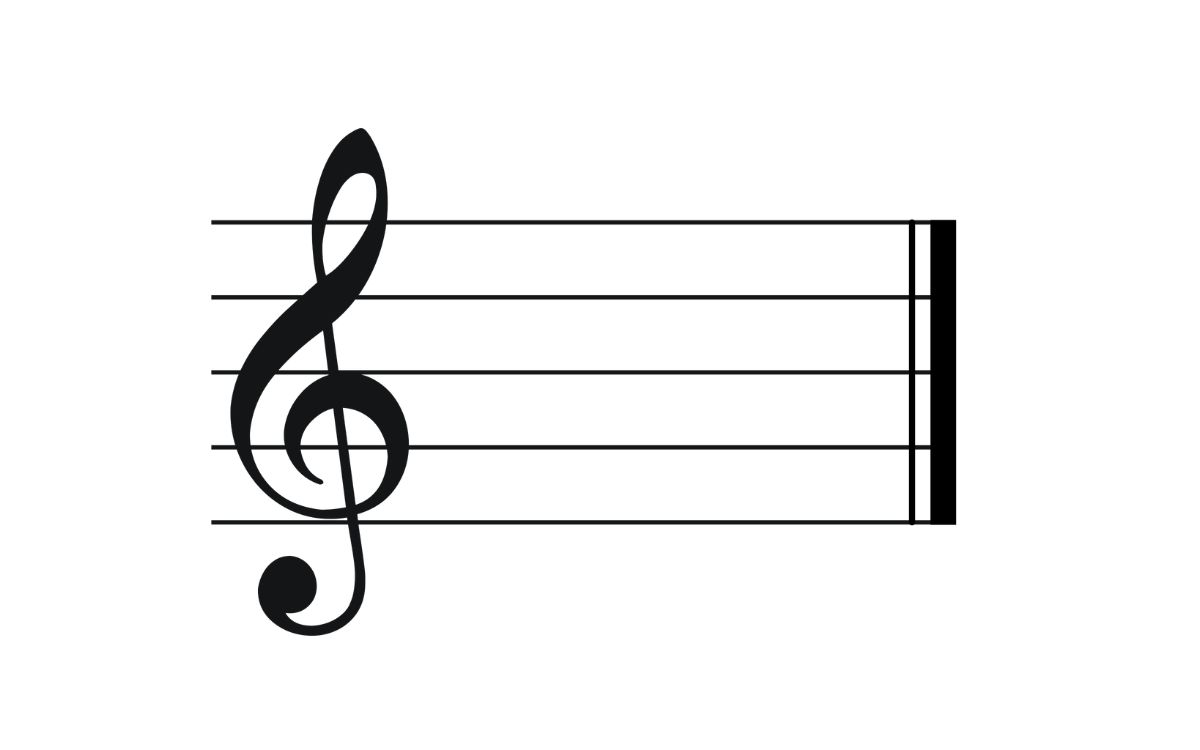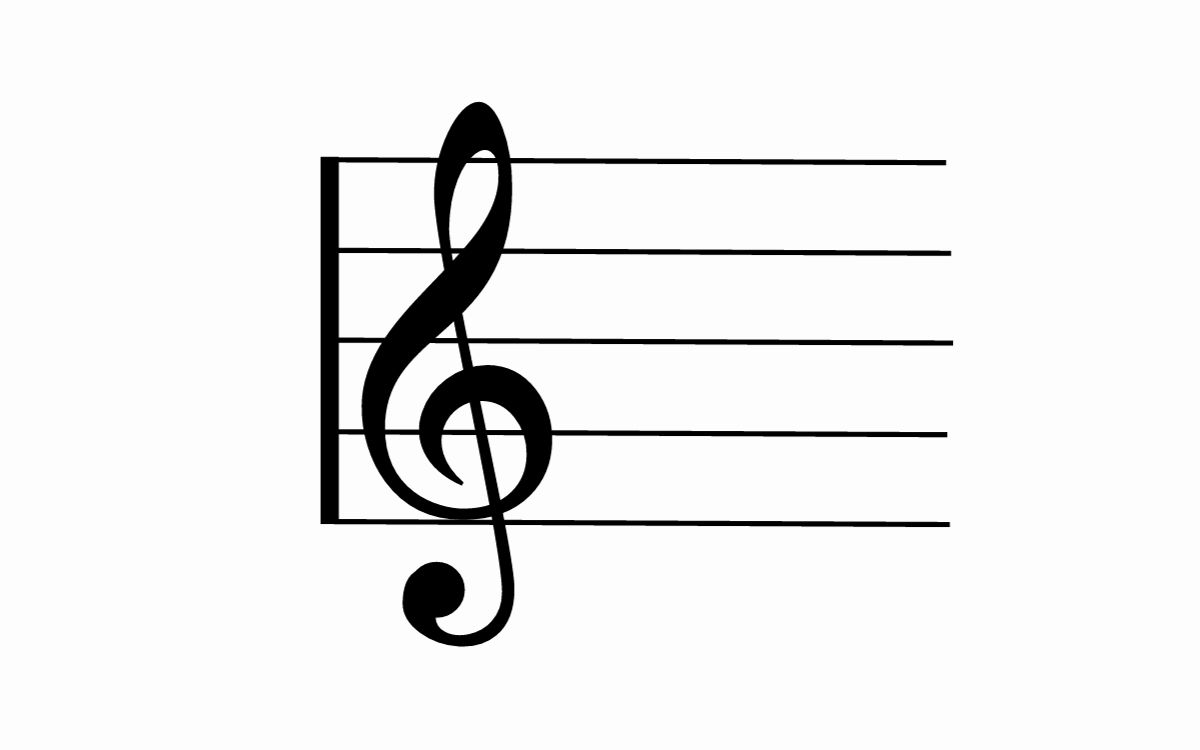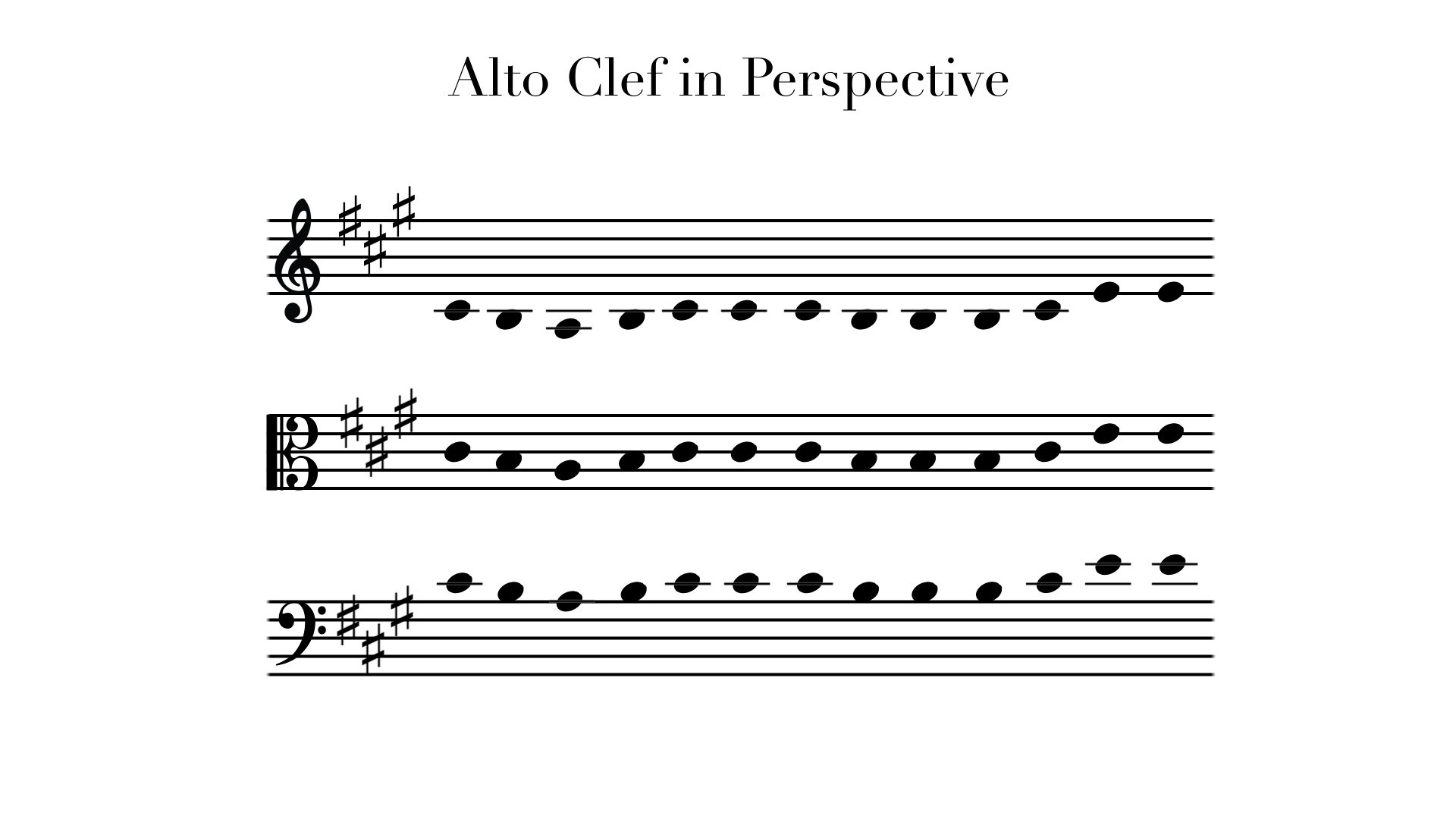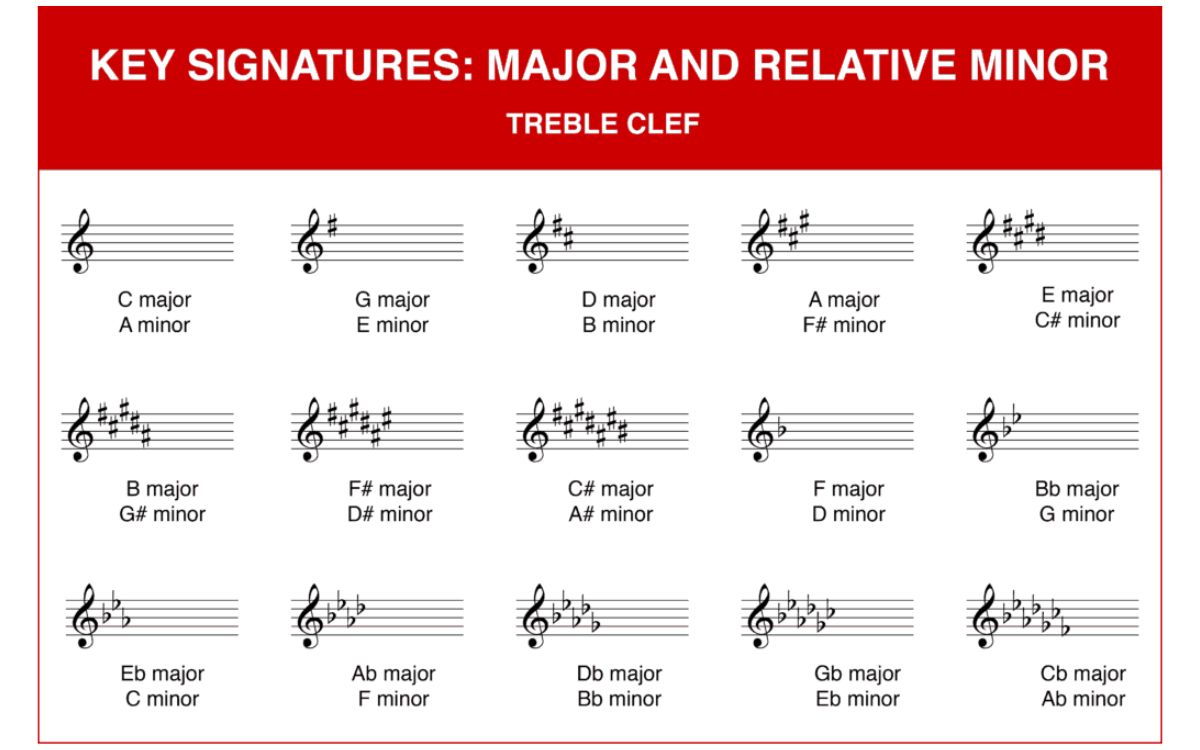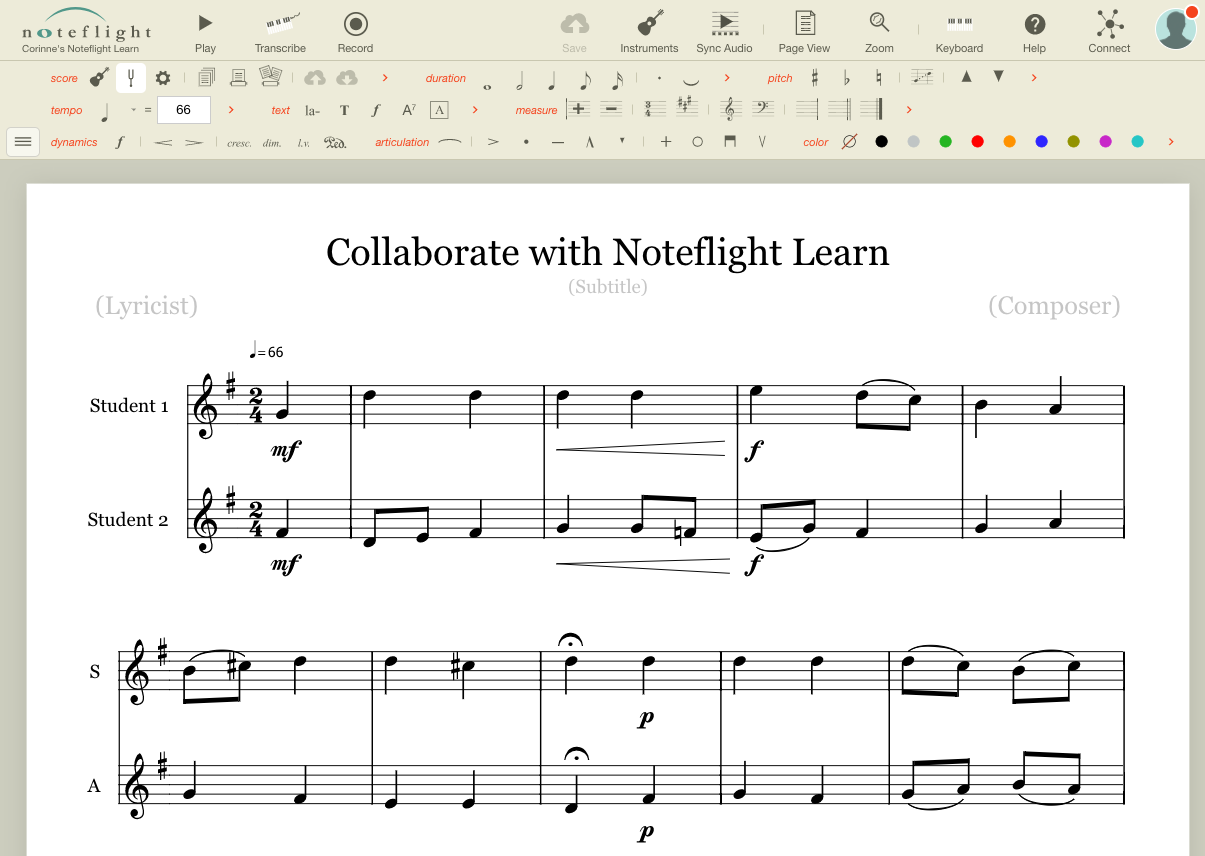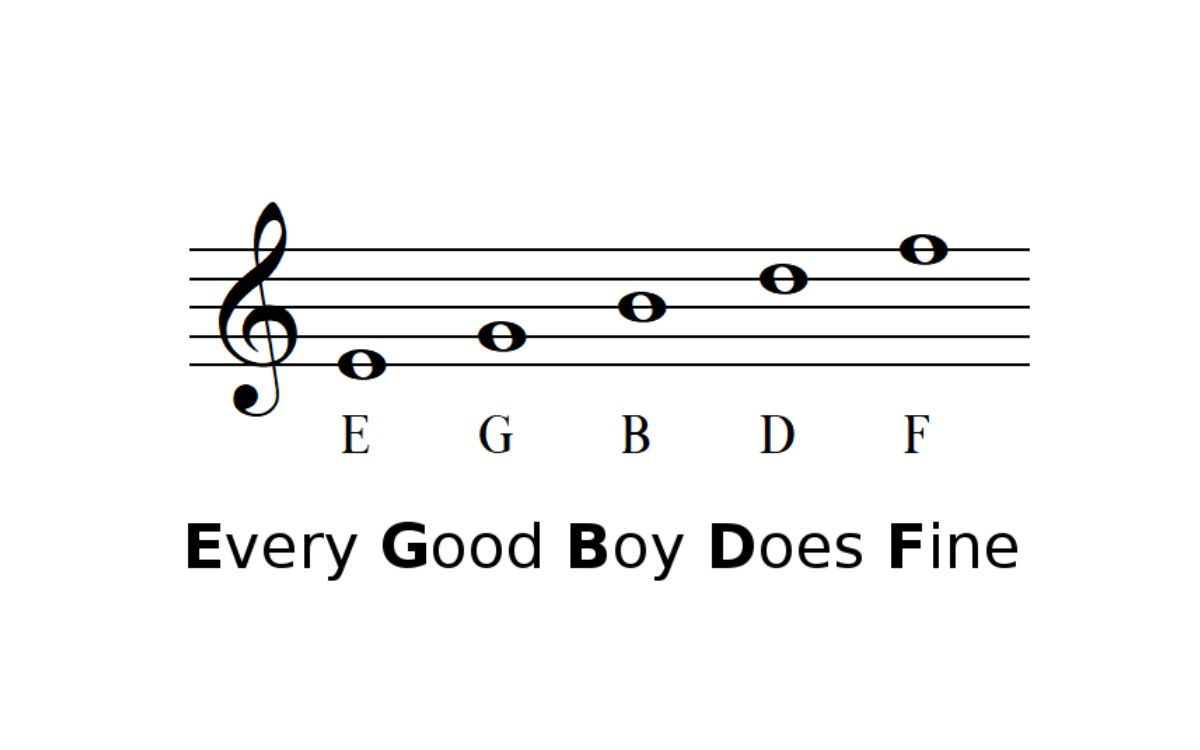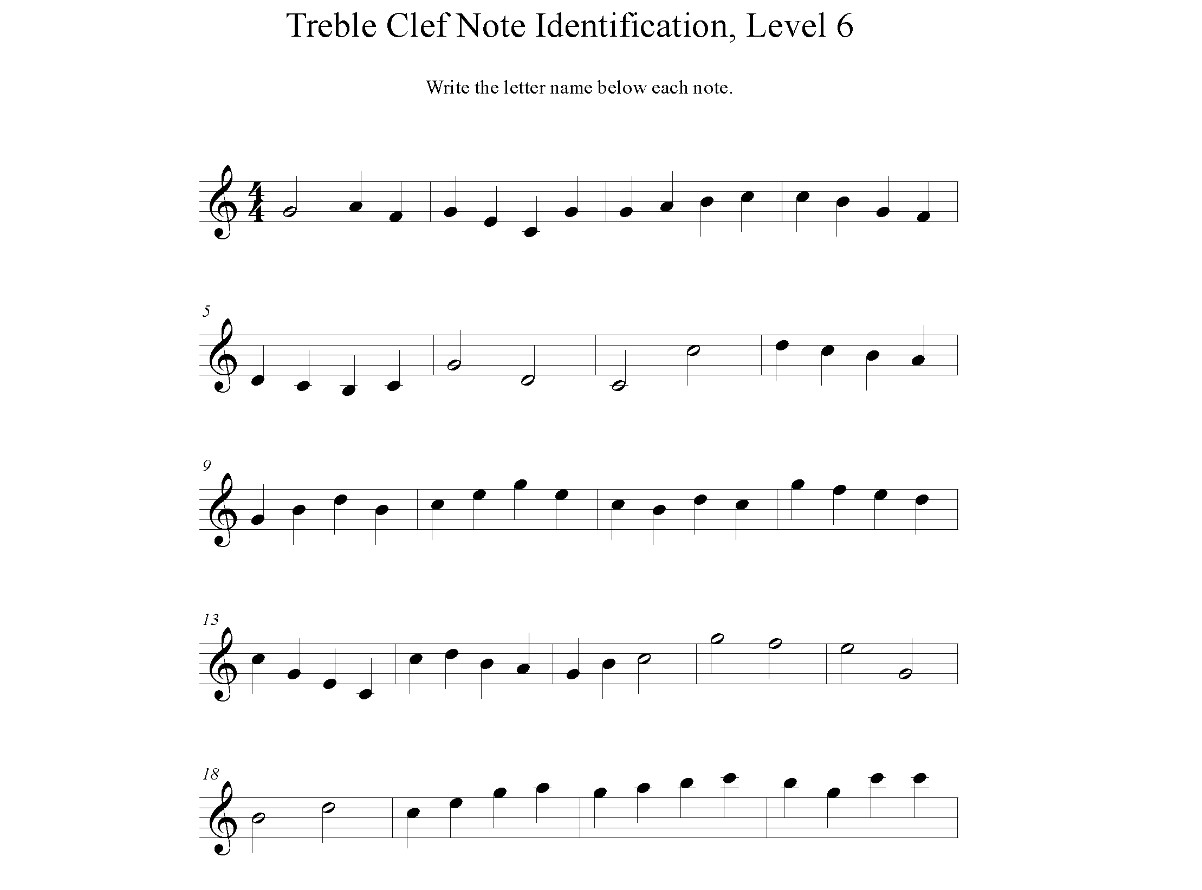Home>Production & Technology>Treble>What Pitches Are These In Treble Clef?
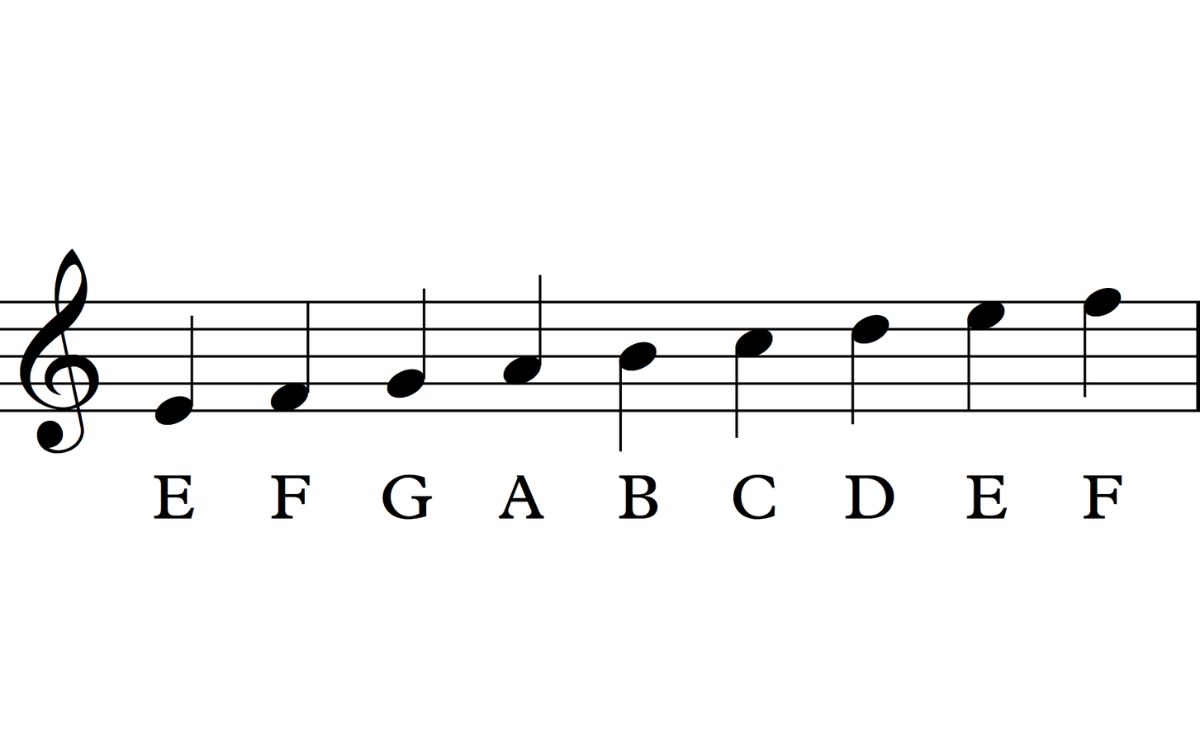

Treble
What Pitches Are These In Treble Clef?
Modified: January 22, 2024
Discover the pitches of treble clef in a comprehensive guide. Learn to read and identify notes with ease. Master the treble clef today!
(Many of the links in this article redirect to a specific reviewed product. Your purchase of these products through affiliate links helps to generate commission for AudioLover.com, at no extra cost. Learn more)
Table of Contents
Introduction
Welcome to the world of treble clef! If you are a music enthusiast or a beginner learning how to read sheet music, understanding the treble clef is essential. The treble clef, also known as the G clef, is one of the most commonly used clefs in Western music notation.
What makes the treble clef unique is its positioning on the staff. It symbolizes higher pitches and is typically used to represent notes played by instruments such as the piano, guitar, flute, and violin. Having a good grasp of the pitches in the treble clef is crucial for musicians and singers alike.
In this article, we will delve into the world of the treble clef and explore different pitches that can be found in this musical domain. Whether you are a seasoned musician looking to expand your knowledge or a beginner trying to decipher sheet music, this article will provide a comprehensive guide to identifying pitches in the treble clef.
Throughout the article, we will not only discuss common pitches found in the treble clef, but also explore some of the more uncommon ones that may challenge your musical ear. So, let’s embark on this melodic journey and unravel the mysteries of the treble clef!
Understanding the Treble Clef
Before we dive into the world of pitches in the treble clef, it’s important to have a solid understanding of what the treble clef represents. The treble clef is a symbol that is placed at the beginning of the staff to indicate the pitch range of the notes that will be written on that particular staff.
The treble clef symbol resembles a stylized “G” and is commonly referred to as the G clef. The shape of the treble clef encircles the second line from the bottom of the staff, which represents the note G above middle C. This position establishes the reference point for other notes in the treble clef.
In order to determine the pitch of a note written in the treble clef, you need to understand the placement of the notes on the staff. The lines and spaces on the staff represent specific pitches, and knowing how to identify them is key to deciphering the music.
The lines of the treble clef, from bottom to top, represent the notes E, G, B, D, and F. To remember these notes, a popular mnemonic device is “Every Good Boy Does Fine.” The spaces between the lines, from bottom to top, represent the notes F, A, C, and E. A helpful way to remember these notes is to use the mnemonic “FACE.”
By familiarizing yourself with the arrangement of notes on the treble clef staff and understanding the relationship between the lines and spaces, you will be equipped to identify the pitches accurately as you encounter them in sheet music.
Now that we have laid the foundation of understanding the treble clef, let’s move on to exploring the various pitches that can be found within this musical realm.
Pitch Identification in Treble Clef
Identifying pitches in the treble clef can be a bit daunting at first, but with practice, it becomes second nature. The key to successfully identifying pitches in the treble clef is to understand the relationship between the notes on the staff and their corresponding pitches on your instrument.
As mentioned earlier, the lines and spaces on the treble clef staff represent specific pitches. By referring to the lines and spaces, you can determine the note being represented. For example, if a note is on the second line from the bottom, it represents the pitch G. Similarly, if a note is on the first space, it represents the pitch F.
One way to enhance your pitch identification skills is to practice sight-reading exercises. Sight-reading involves reading and playing or singing music at first sight, without prior exposure or rehearsal. By engaging in sight-reading exercises, you train your eyes and ears to quickly recognize and interpret the pitches on the staff.
Another helpful technique is to use a mnemonic device to remember the notes on the lines and spaces. As mentioned earlier, the mnemonic “Every Good Boy Does Fine” helps in remembering the notes on the lines: E, G, B, D, and F. Additionally, the mnemonic “FACE” aids in recalling the notes on the spaces: F, A, C, and E.
It’s also important to familiarize yourself with key signatures, which indicate the presence of sharps or flats in a piece of music. Sharps and flats alter the pitch of a note by raising or lowering it by a half step. Being aware of key signatures and understanding how sharps or flats affect the notes in the treble clef will greatly assist in pitch identification.
Remember, practice makes perfect when it comes to pitch identification in the treble clef. Spend time regularly reading and identifying pitches in sheet music, and utilize resources such as exercises and sight-reading materials to enhance your skills.
Now that we have covered the basics of pitch identification in the treble clef, let’s explore some of the common pitches that you are likely to encounter in this clef.
Common Pitches in Treble Clef
In the treble clef, there are several pitches that are frequently encountered in musical compositions. These pitches span a wide range and are commonly played by instruments such as the piano, guitar, flute, and violin. Let’s take a look at some of the most common pitches found in the treble clef.
- G (the space above the staff): The G above middle C is the reference point for the treble clef. It is often marked by a small diagonal line extending from the center of the treble clef symbol.
- A (the line above the staff): This is the next pitch above G. It is a whole step higher in pitch.
- B (the space above the staff): The B above the staff is another commonly encountered pitch. It serves as a natural progression from A.
- C (the line above the staff): This pitch is a whole step higher than B and is marked by a ledger line decending from the note symbol.
- D (the space above the staff): D is another common pitch in the treble clef and is located above C.
- E (the line above the staff): E is the next pitch above D. It is marked by a straight line extending up from the note symbol.
These six pitches, G, A, B, C, D, and E, form the foundation of the treble clef and are crucial to mastering musical notation in this clef.
Understanding these common pitches and their placement on the staff will allow you to read and perform sheet music accurately. Practice recognizing these pitches and their corresponding positions on the staff, and you’ll soon become fluent in deciphering and playing melodies written in the treble clef.
Now that we have explored the common pitches in the treble clef, let’s dive into some of the less frequently encountered pitches that may pose a unique challenge.
Uncommon Pitches in Treble Clef
While the common pitches in the treble clef form the basis of musical notation, there are also some less frequently encountered pitches that add variety and complexity to compositions. These uncommon pitches require a keen ear and a deeper understanding of music theory to identify and interpret accurately. Let’s explore some of these less common pitches in the treble clef.
- F# (the space above the staff): This pitch is known as F sharp, and it is a half step higher than the regular F pitch. The sharp symbol (#) indicates that the note should be played or sung a half step higher.
- D# (the line above the staff): D sharp is a half step higher than D and is represented by a sharp symbol.
- Bb (the space above the staff): B flat is a half step lower than the regular B pitch. It is denoted by the flat symbol (♭) placed next to the note symbol.
- C# (the line above the staff): This pitch is C sharp, a half step higher than the regular C.
- Ab (the space above the staff): Ab, or A flat, is a half step lower than the regular A and is marked by the flat symbol.
- Eb (the line above the staff): E flat is a half step lower than the regular E and is represented by the flat symbol.
These uncommon pitches add tonal variety and complexity to musical compositions written in the treble clef. They require musicians and singers to be familiar with the alteration of pitch through the use of sharps and flats.
As you encounter these less common pitches in your musical journey, take the time to practice, listen carefully, and develop your ability to identify them accurately. Pay attention to the key signature of the piece, as it will indicate whether certain notes should be played as sharps or flats throughout the composition.
By expanding your knowledge and familiarity with both the common and uncommon pitches in the treble clef, you’ll be equipped to tackle a wide range of musical pieces and express yourself with precision and artistry.
With that, we conclude our exploration of the uncommon pitches in the treble clef. Let’s summarize our findings in the concluding section.
Conclusion
Understanding the treble clef and the pitches it represents is a fundamental skill for musicians and music enthusiasts alike. By familiarizing ourselves with the common and uncommon pitches in the treble clef, we equip ourselves to read and interpret sheet music accurately.
In this article, we have explored how the treble clef is positioned on the staff and serves as a reference point for higher pitches. We have discussed the basics of pitch identification in the treble clef, emphasizing the relationship between the notes on the staff and their corresponding pitches on our instruments.
We have also delved into the world of common pitches in the treble clef, such as G, A, B, C, D, and E. These pitches form the foundation of musical notation in the treble clef and play an integral role in reading and performing sheet music.
Furthermore, we have discussed some of the less frequently encountered pitches in the treble clef, including F#, D#, Bb, C#, Ab, and Eb. Familiarizing ourselves with these uncommon pitches expands our musical vocabulary and allows for richer and more complex musical expressions.
As you continue your musical journey, take the time to practice pitch identification, sight-reading, and familiarization with key signatures. By honing your skills and deepening your understanding of the treble clef, you will become a more confident and versatile musician.
Remember, the treble clef is a gateway to a world of beautiful melodies and harmonies. Embrace the challenge of deciphering pitches and enjoy the process of exploring the vast musical landscape that the treble clef has to offer.
Now, armed with the knowledge of both common and uncommon pitches in the treble clef, go forth and continue to nurture your love for music. Happy playing and singing!

